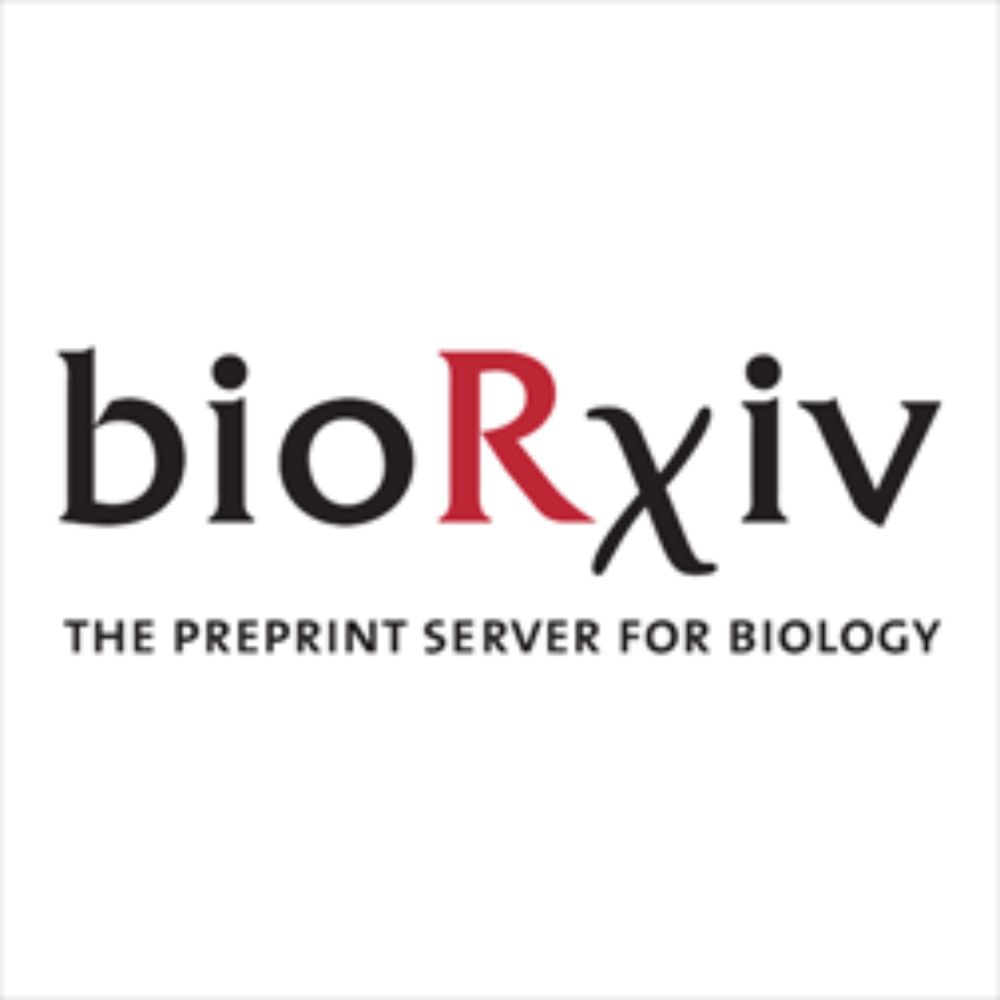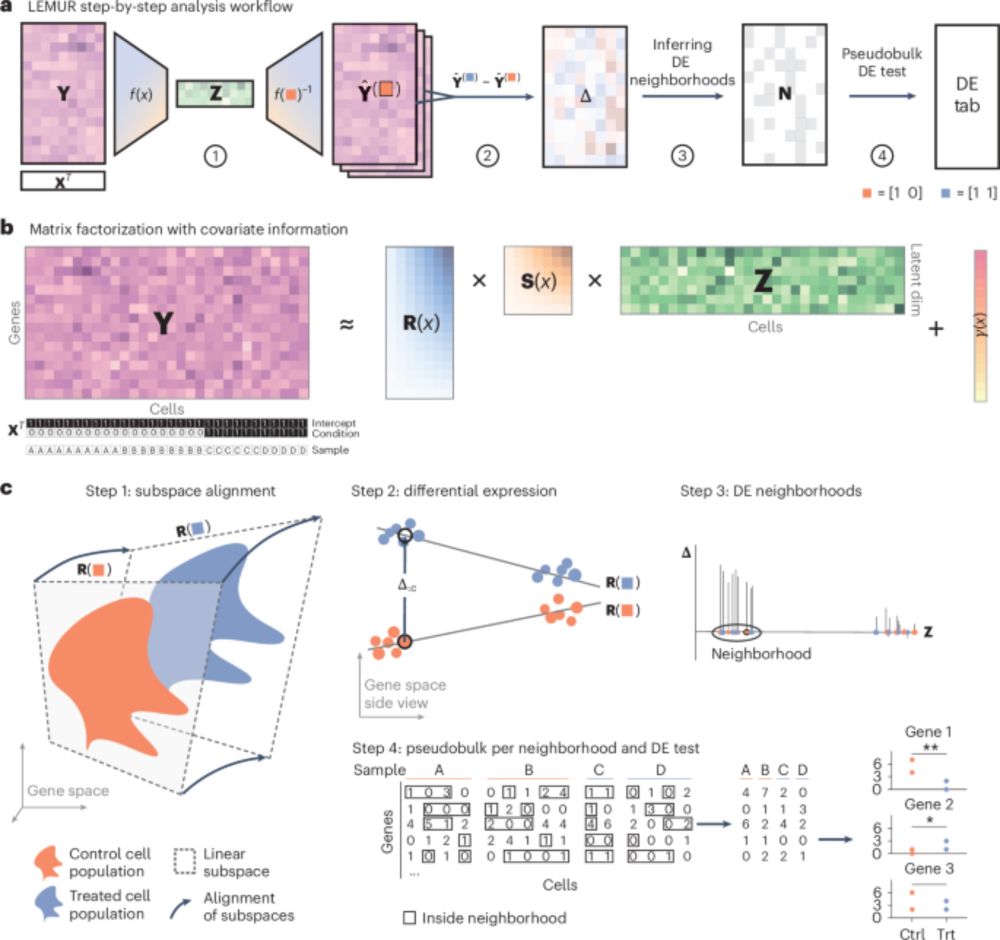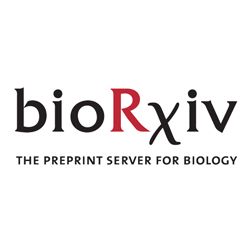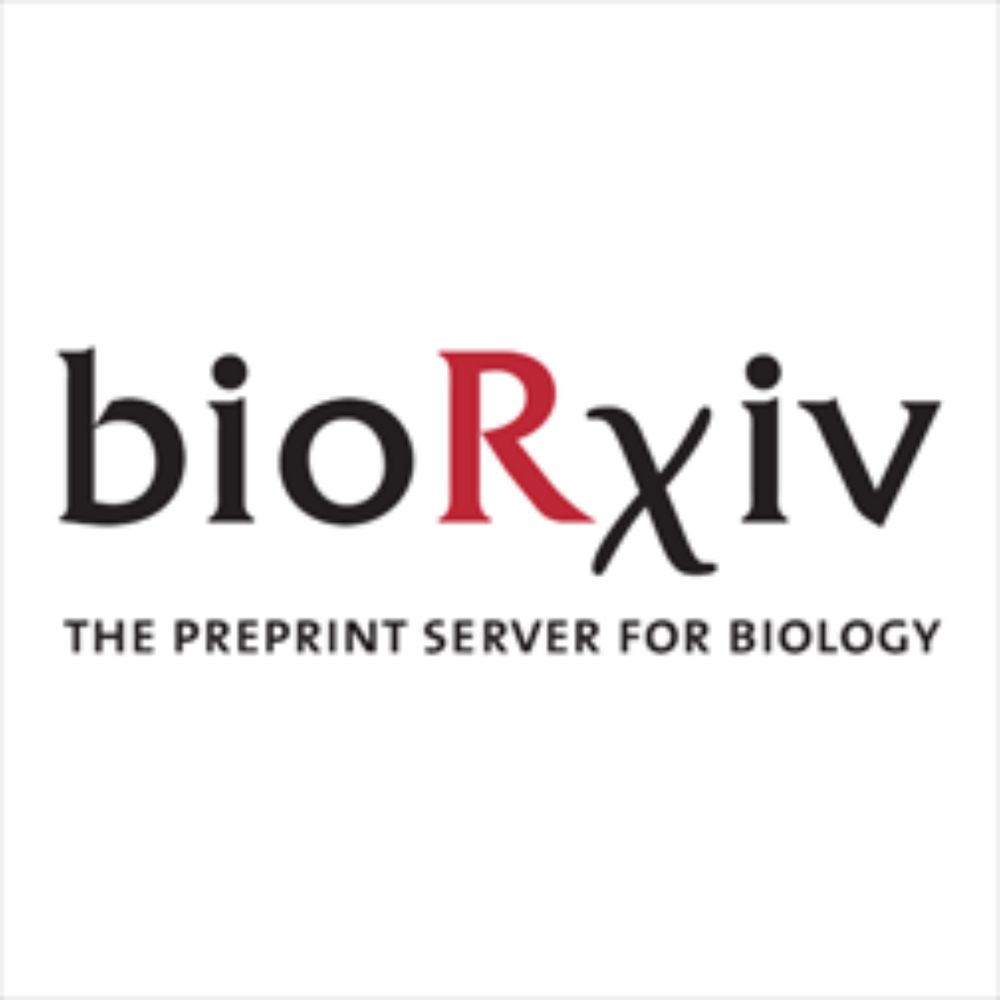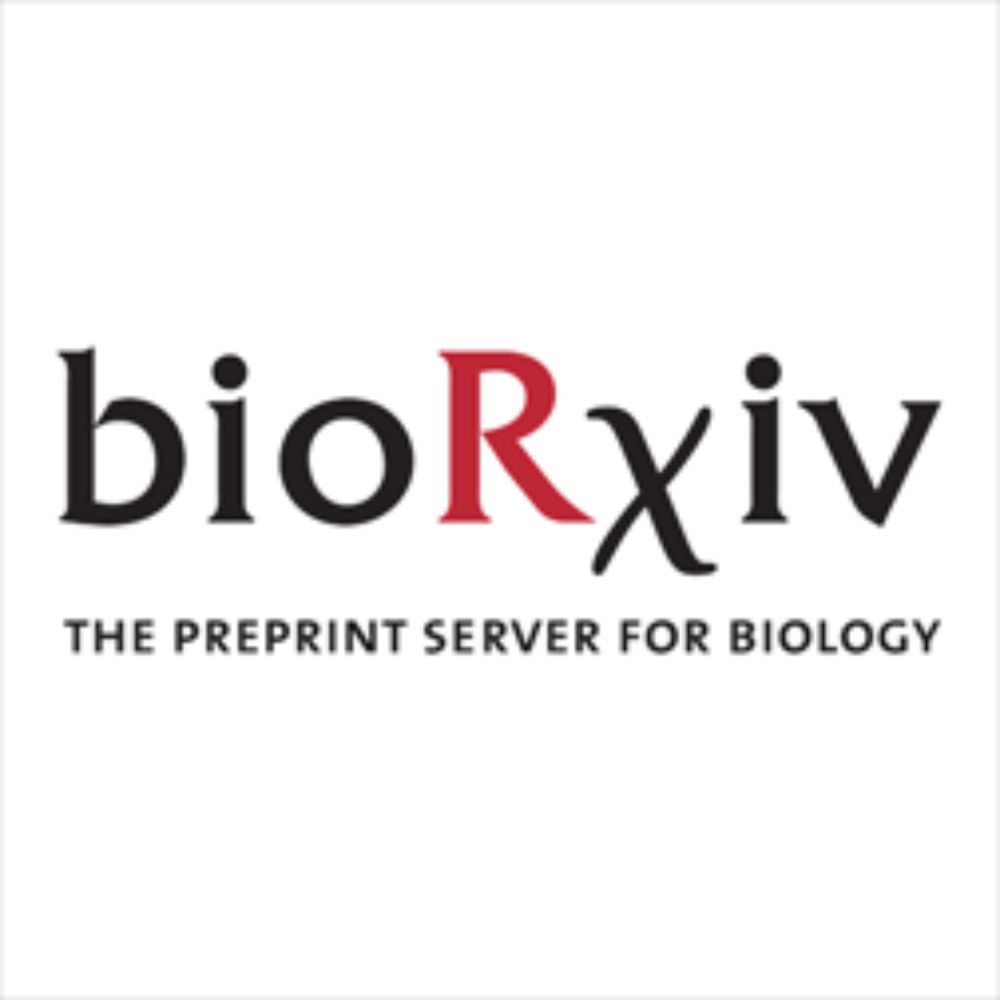Excited to share Ruqian has developed a package for this transcript based niche analysis. Check out the preprint and the package! This is a flexible approach and we're working on extending this for other spatial analyses!
@davisjmcc.bsky.social
www.biorxiv.org/content/10.1...
26.03.2025 18:04 — 👍 20 🔁 8 💬 0 📌 0
Many thanks to my supervisors @davisjmcc.bsky.social and Heejung who encouraged me to write this piece up! It is not a style of writing that I am the most familiar with so it took a lot of experimenting and also valuable feedback from @jeffreypullin.bsky.social on some earlier versions
11.12.2024 01:21 — 👍 9 🔁 2 💬 0 📌 0
New work! Wherein we (as in, the AVE ODIC working group) looked at clinical variant classification across genetic ancestry groups in gnomAD and AoU and what we found... is exactly what you might expect, after decades of Eurocentric research. But we also show there's a better way forward! 🧬🖥️
18.04.2024 23:07 — 👍 19 🔁 8 💬 2 📌 2
phd grad, fos unimelb, evolutionary and functional genomics
Tenure-Track-Professor for Multifactorial Data Analysis and Machine Learning in the Life Sciences @UniHeidelberg
https://velten-group.org/
Scientist at DKFZ and EMBL in Heidelberg, loving stats, genomics and genetics. @OliverStegle@genomic.social. For group news see @steglelab.bluesky.social
Biological and Medical Informatics PhD student @UCSF by day, hobby collector and lemur lover by night. Working towards a world where everyone is included in, and benefits from, genetics research.
🏳️🌈 she/they
isobelbeasley.com
Gene regulatory networks and genome evolution. How do single cells make up their minds?
@NimwegenLab@mstdn.science
@NimwegenLab on twitter. Sorry X.
🇳🇱 in 🇬🇧 running scripts 🧑💻 and kilometers 🏃
Spatial biology and gene expression research in neurodevelopmental disease @ Bayraktar lab, Wellcome Sanger Institute
Our group develops and applies computational approaches to study molecular variations and their phenotypic consequence. We are part of DKFZ and EMBL.
Website: https://steglelab.org/
🦠🧬📊bioinformatics, statistics, and stochastic processes.
Computational biologist | open-source tools for single-cell and spatial omics | mixOmics team
My new scientific hero: J B S Haldane.
PhD student interested in human evolutionary genetics and archaic introgression @ SVIResearch + UniMelb
Associate Professor @ Big Data Institute, University of Oxford
2024 Lister Institute Fellow
genomics | rare disease | gene regulation | genetic therapies
https://rarediseasegenomics.org/
(field) hockey player | cyclist | hiker
Computational biology with a focus on single-cell/spatial biology & data visualization. I usually post about bikes and urbanism 🚲 🏪 🧬
Group leader at PTB Braunschweig working in computational proteomics and metabolomics
PhD student in Human Genomics and Evolution @SVIMR. A Thai in Melbourne, interested in genetic variation influenced immune response in human and animals 🦠🧬
A genomics cat, sometimes Christopher H. Browne Professor of Biology at Penn. All posts my opinion only.
A team of creative, unconventional and computational statisticians who develop R mixOmics for the biological community. Omics and microbiome unraveller.
Melbourne Integrative Genomics (MIG) is an interdisciplinary initiative of the University of Melbourne.
https://sites.research.unimelb.edu.au/integrative-genomics
Konbakuwa! Baku nurse VTuber of your nightmares~ 💭
‧₊ ˚ ⊹ ࣭ ⭑ . ₊ ⊹ .₊๋
art: #nimagery memes: #nimemes
Bioinformatics PhD student 💻 @UniMelb & @svimedicalresearch
| Data Science | Bioinformatics | she/her https://sagrikachugh.github.io/

